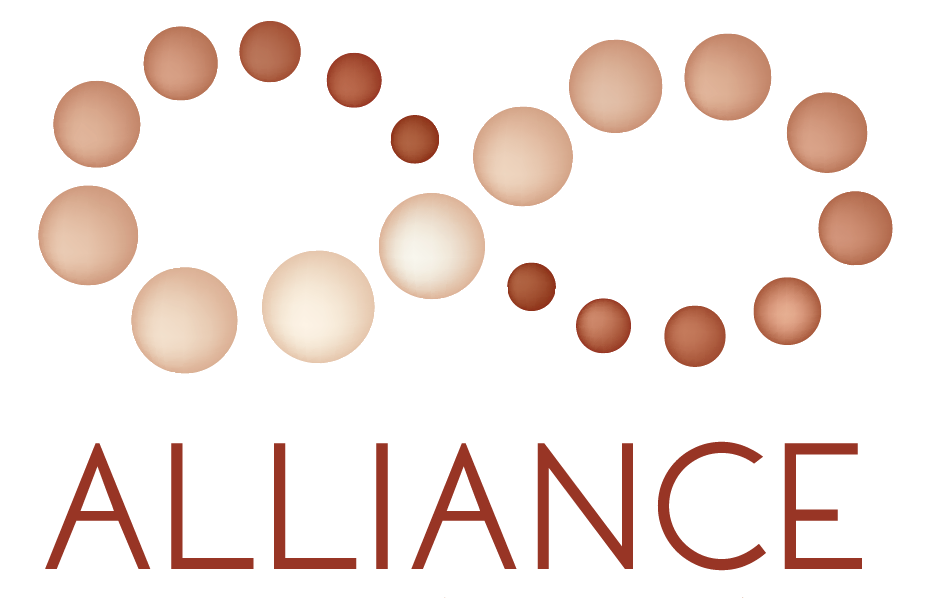FREQUENTLY ASKED QUESTIONS
WHAT WOULD YOU LIKE TO LEARN MORE ABOUT?
What is
live translation?
While the term ‘live translation’ is commonly used to refer to the oral translation of a speech, in the strict sense, the act of orally conveying a speech from a source language to a target language is called ‘interpretation’.
The term ‘translation’, on the other hand, is generally employed to refer to the written transmission of a message in a target language.
- Simultaneous interpretation is a method of interpreting that is done without the speaker pausing their message.
The interpreter reproduces the speech in the target language almost simultaneously with the speaker. For this purpose, an interpretation booth is used, with two professionals conveying the speech to the audience through a special sound system. The audience, in turn, receives the message in their own language through wireless headsets.
Additionally, simultaneous interpretation is the method used in virtual or hybrid meetings. (Ver ¿Qué es la interpretación simultánea remota?)
Are there any other
methods of interpretation?
There are three main methods of interpretation:
-Simultaneous interpretation: Sitting in a soundproof booth equipped with audio consoles, the interpreters listen to the speaker’s message and convey it in the target language almost simultaneously. The audience receives the interpretation through headphones. This method is used in conferences, seminars, etc. See also remote simultaneous interpretation.
-Consecutive interpretation: In this scenario, the speaker makes brief pauses in their speech, allowing the interpreter to convey the message segment by segment. This method is employed in situations where interpretation equipment is not available.
-Whispered interpretation (chuchotage): In this setting, the interpreter sits next to the listener and whispers the simultaneous interpretation. This method is used when only one or two people in the audience do not understand the language of the rest.
If you need advice on the most suitable interpretation method for your event, please contact us.
What are the advantages
of simultaneous interpretation?
In simultaneous interpretation, unlike consecutive interpretation, the speech is delivered without interruptions. As a result, there is no unnecessary time loss during the event, and the schedule and program are kept on track. Additionally, communication between the speaker and their audience is smooth and almost immediate.
Furthermore, with this method, the interpreter does not need to resort to summarizing the original message, as sometimes happens with consecutive interpretation, resulting in a more thorough translation.
Finally, simultaneous interpretation requires the involvement of two interpreters, who assist each other with terminology, contributing to the accuracy of the interpretation.
Simultaneous interpretation, in short, enables a seamless, more accurate transmission of the message. It is the method chosen by those who wish to make a strong impression on visitors, clients and audiences. Learn more about this service.
Can I use this type of
service at my event?
With the current availability of portable simultaneous interpretation equipment equipment (which is wireless, lightweight, and cost-effective), as well as the option to hire remote interpretation for virtual or hybrid meetings, simultaneous interpretation can now be employed in almost any type of scenario.
From large in-person symposiums, to small workshops and even online events, there is a suitable solution for every budget and need.
In this way, you can take advantage of the benefits of smoother communication, regardless of your situation.
If you have any further questions about your event, please contact us.
What is
remote simultaneous interpretation?
Remote simultaneous interpretation is an interpretation service provided off-site by means of a cloud-based platform designed for virtual meetings, such as Zoom. Interpreters translate the message simultaneously, allowing for smooth communication among people speaking different languages at a meeting, without the need to be physically present in the same location. This type of service is ideal for virtual or hybrid events, such as online conferences, webinars, and other scenarios where participants join from different places around the world. It is an efficient solution that reduces costs and allows clients to hire specialized interpreters free from geographic limitations.
For more information about this service, please contact us.

